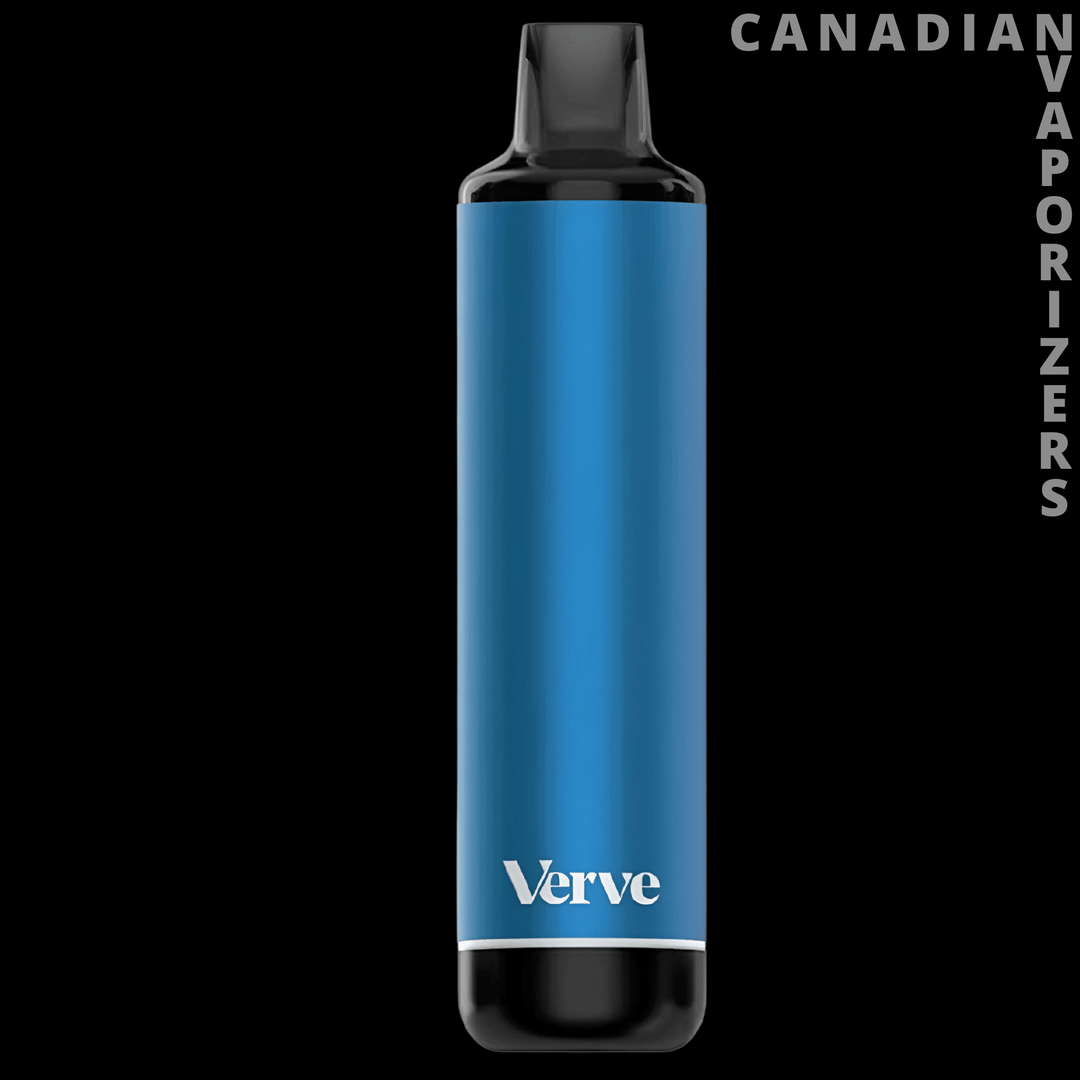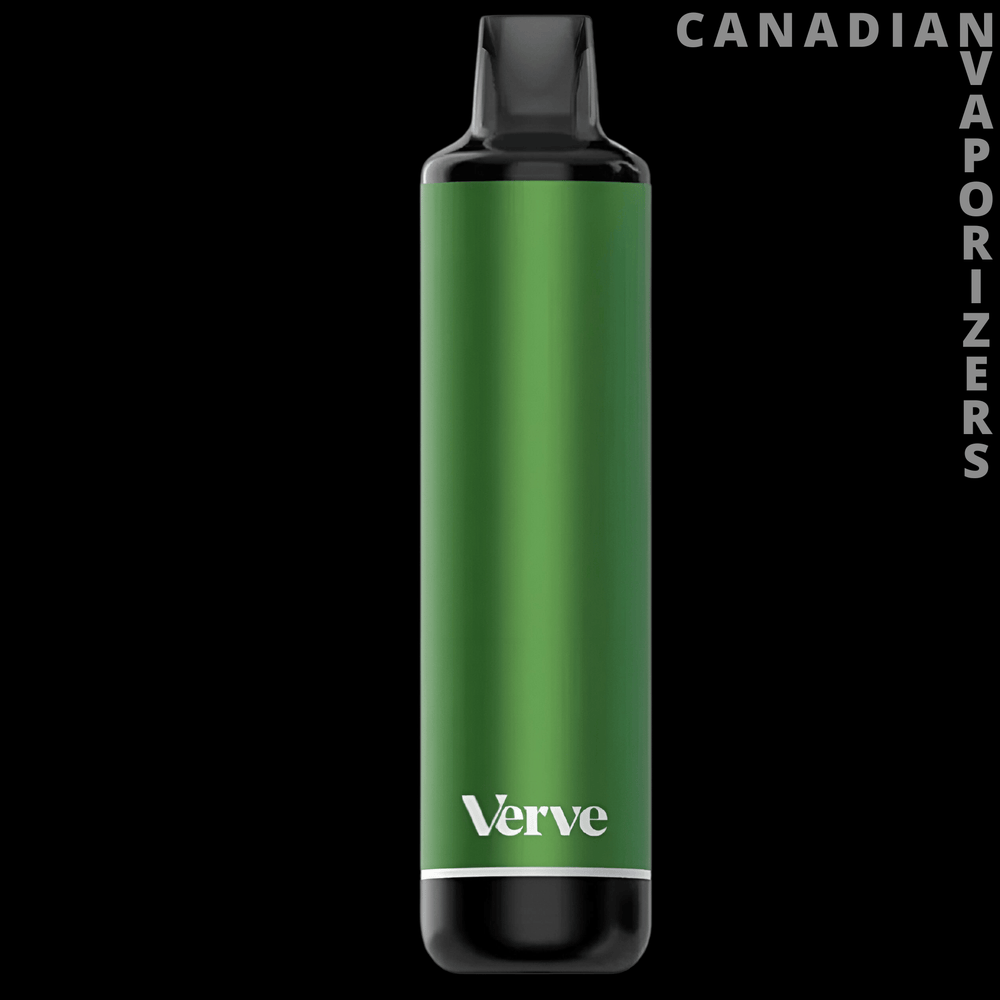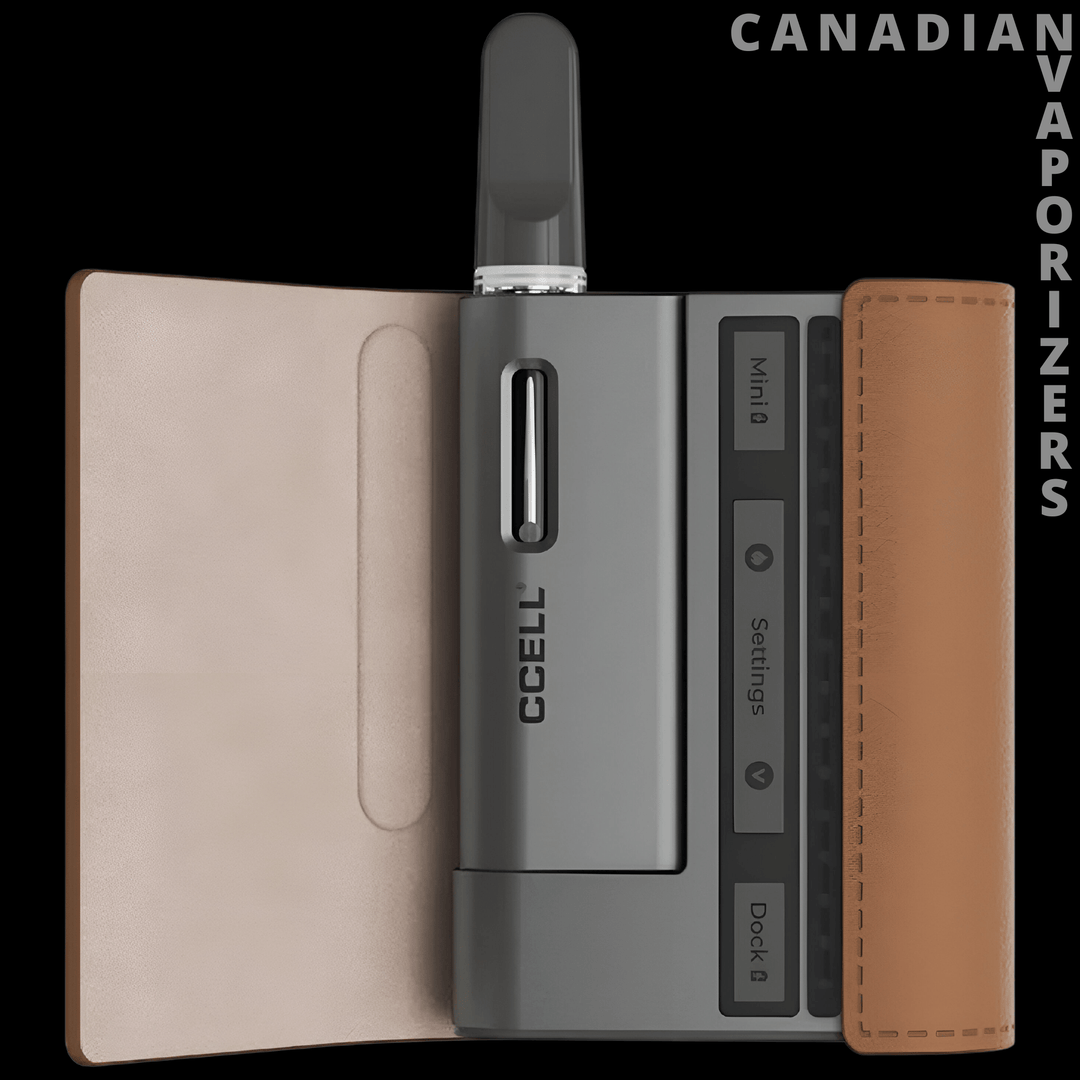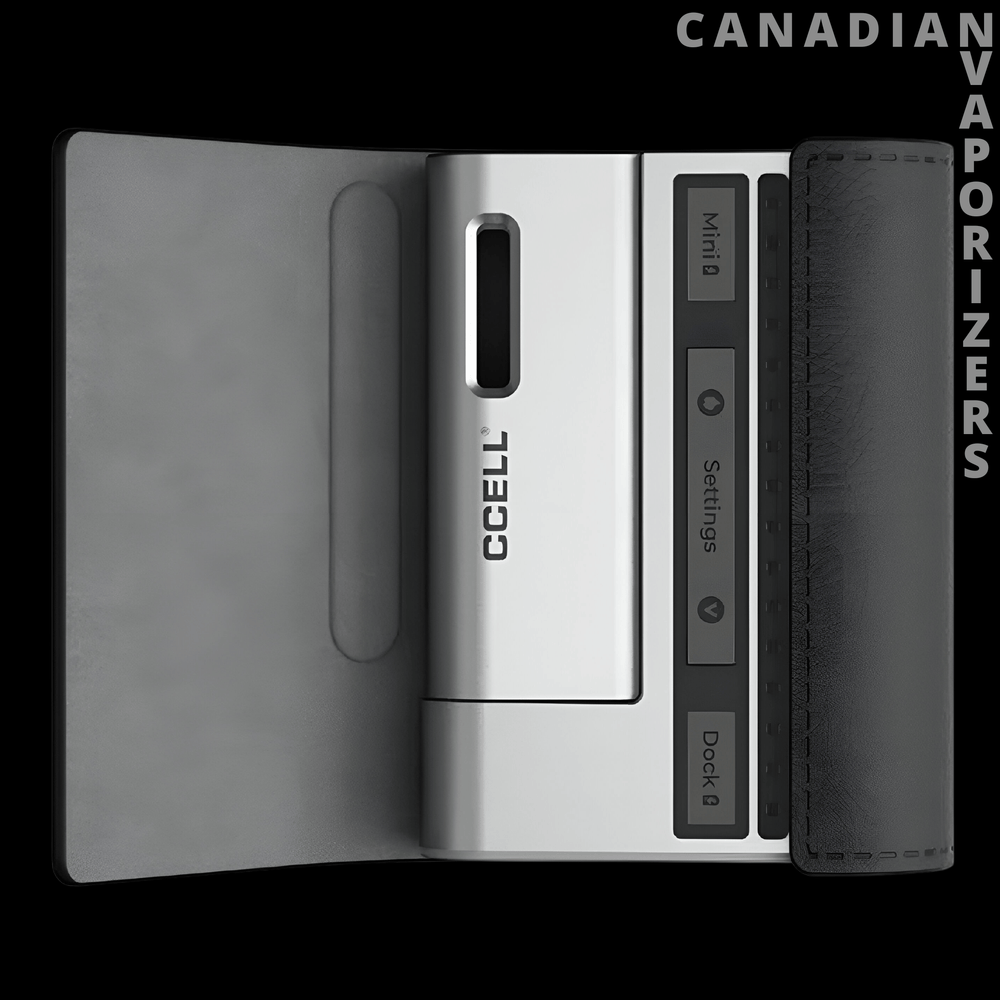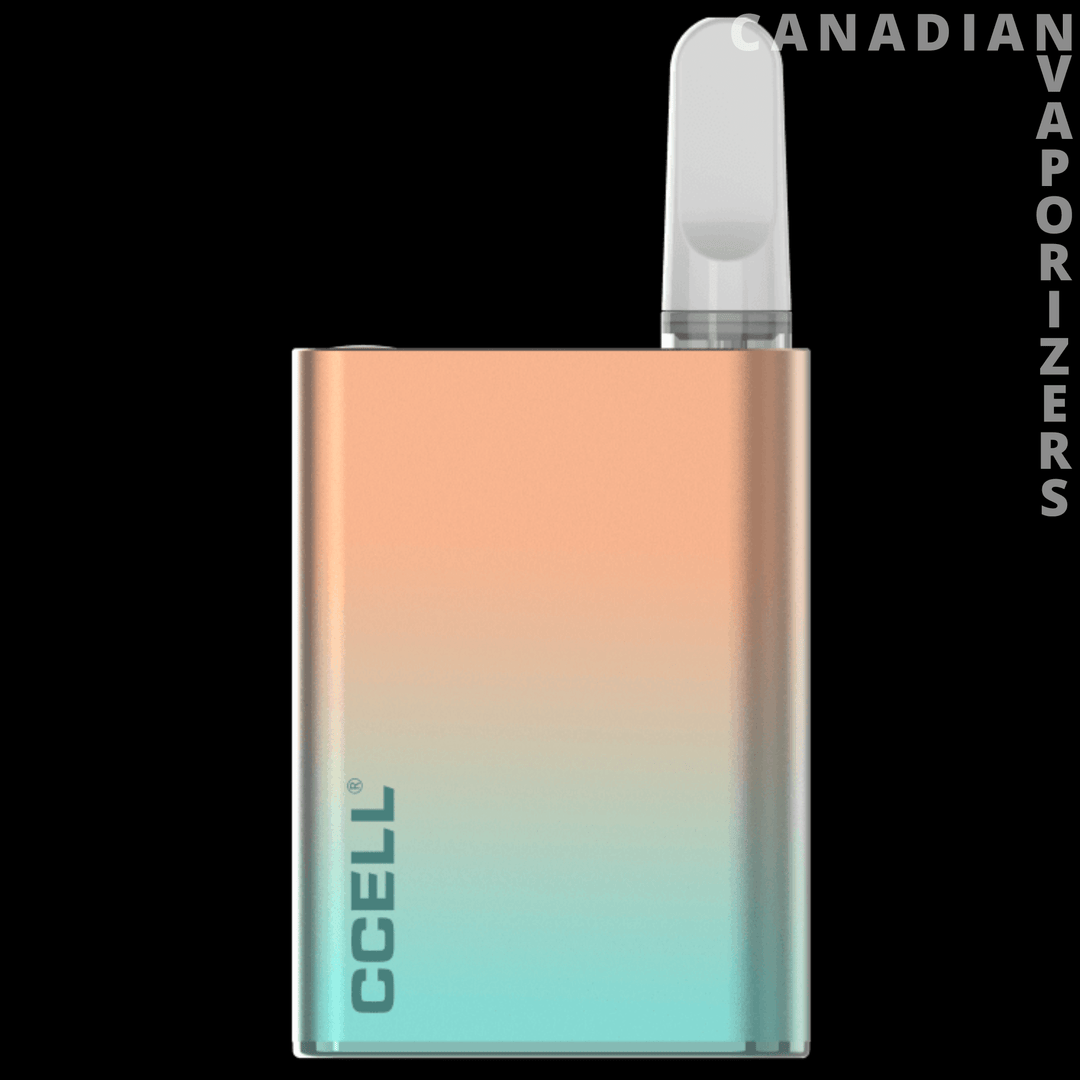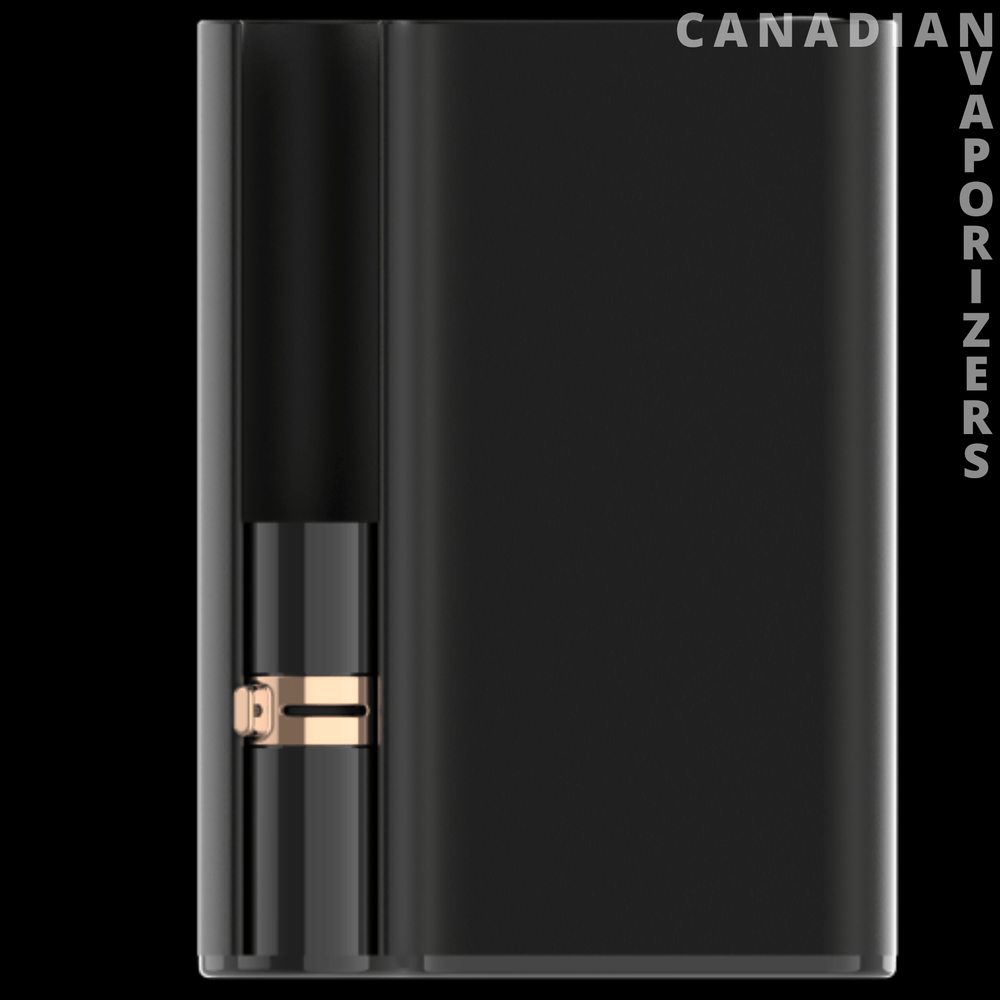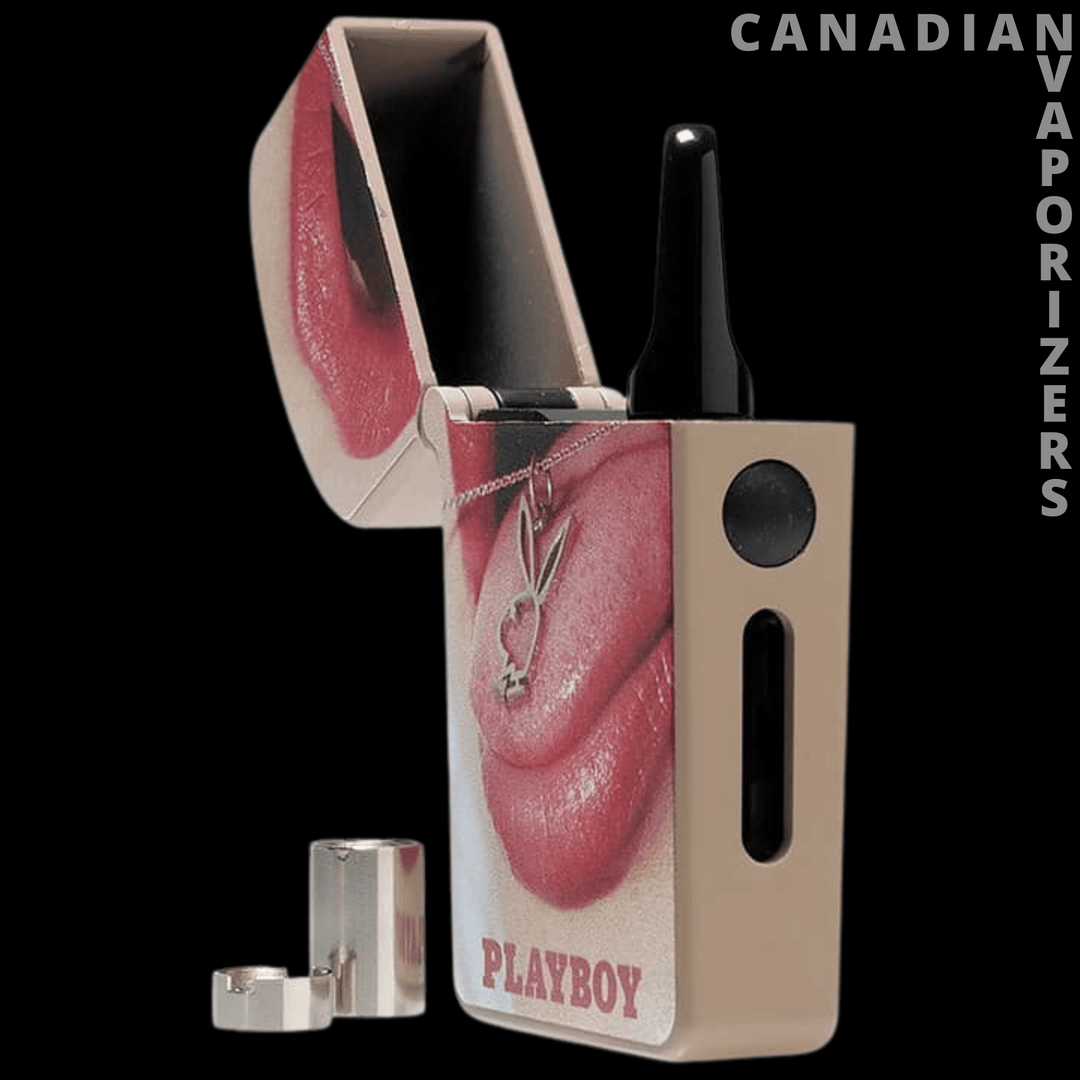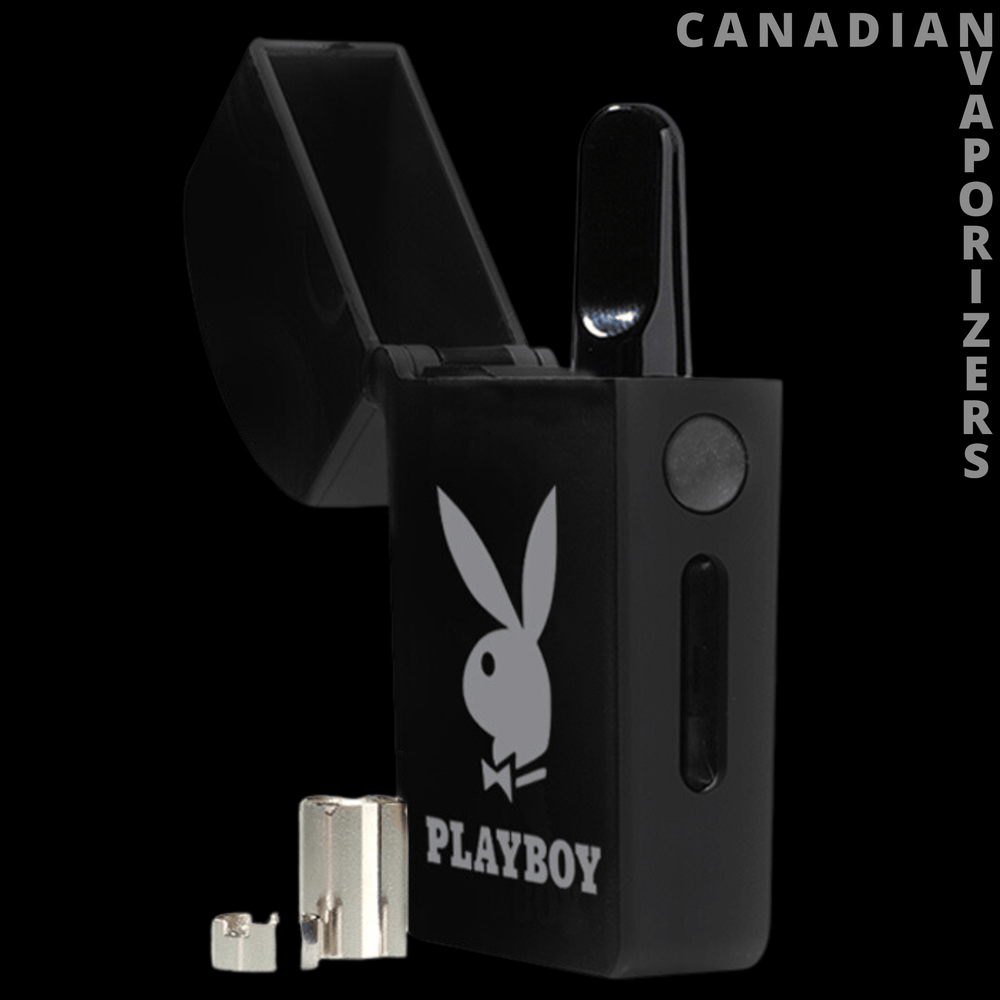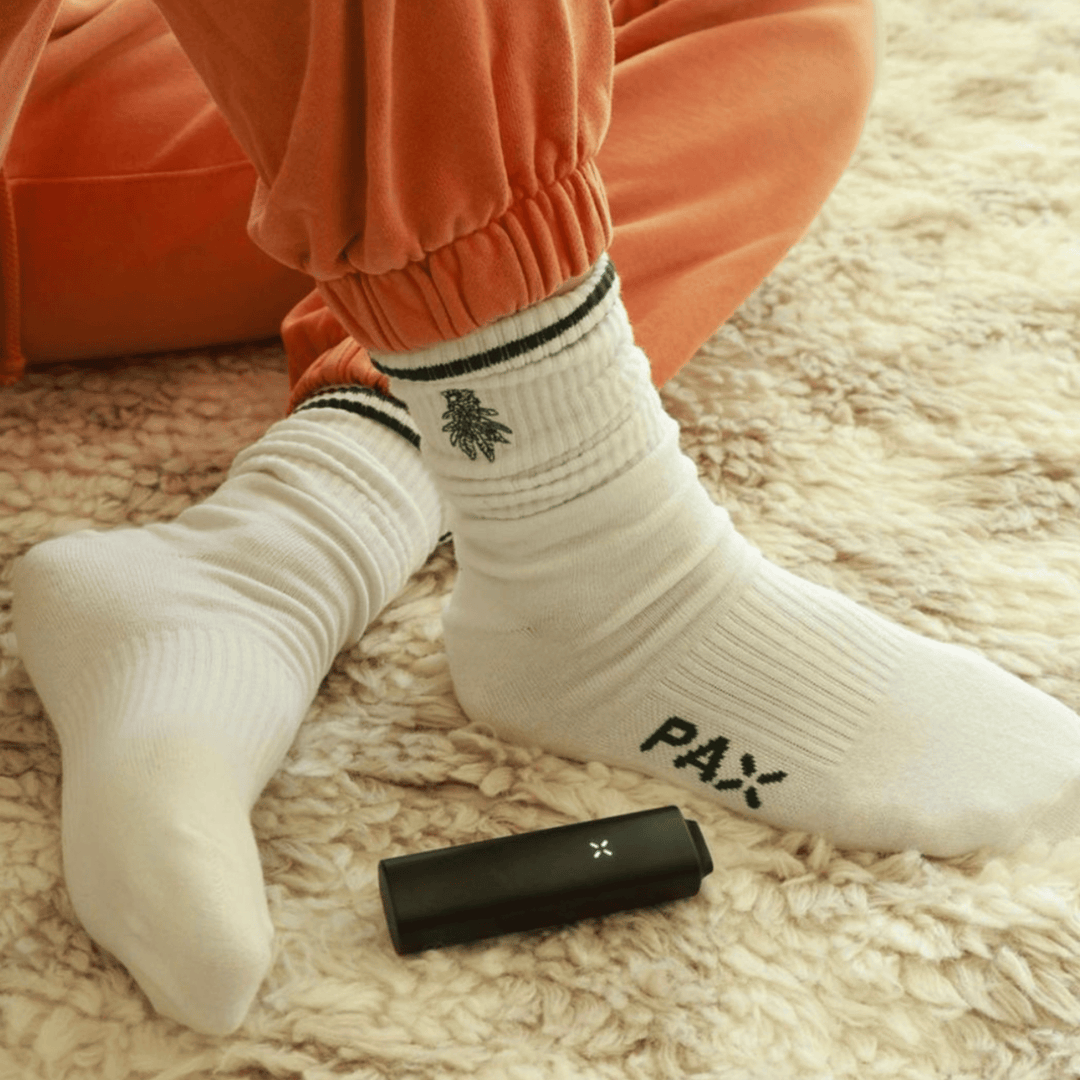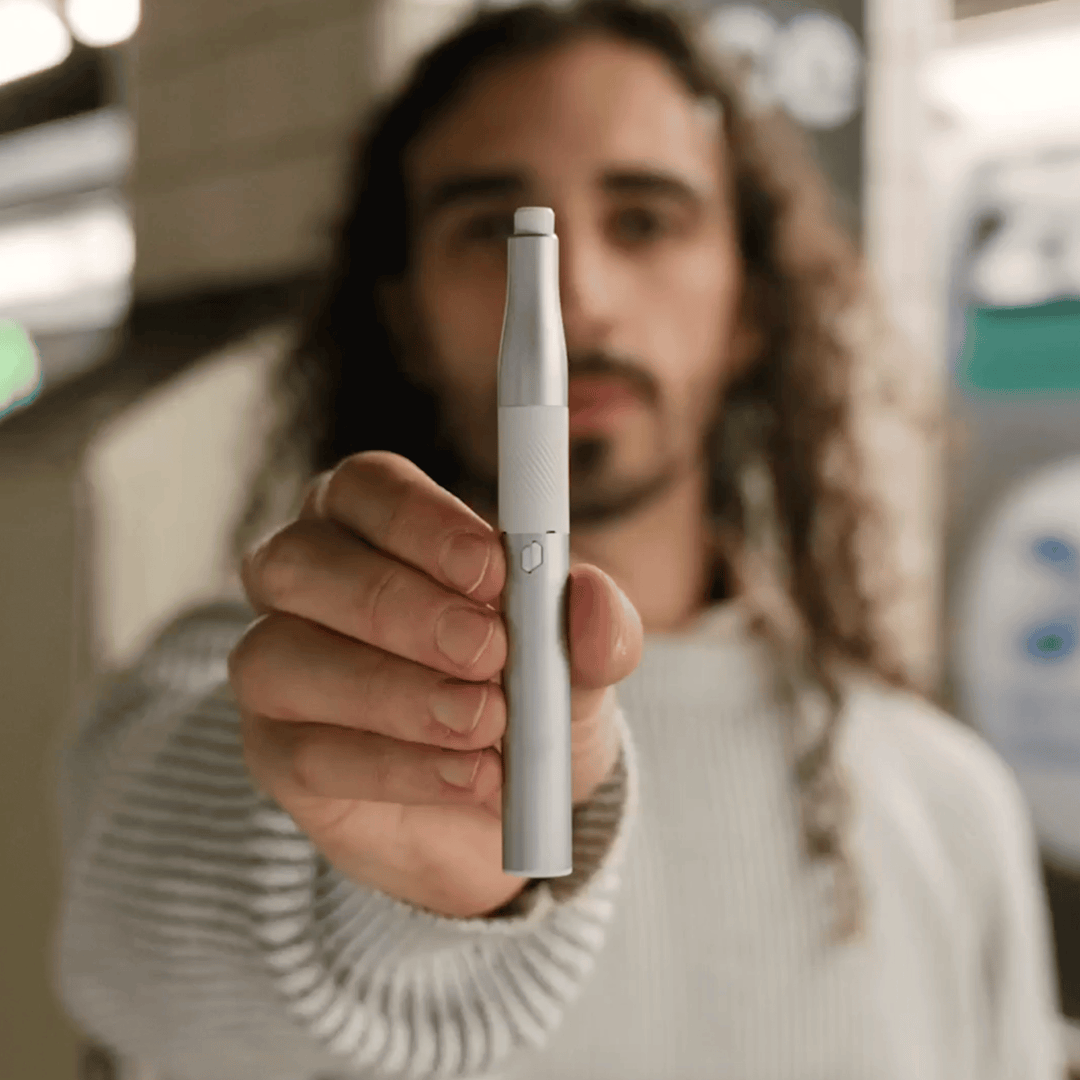Common THC Pen Problems: What To Do When Your Thc Pen Isn’t Working
When they’re working, THC pens are discreet and effective delivery systems for cannabis products. Occasionally, these pens have minor issues that result in weak draws, clogs, inactive batteries, and more. When your THC pen isn’t working properly, troubleshooting can be challenging. Here are ways to figure out what’s wrong with your faulty THC pen and some easy fixes.
WHY IS MY THC PEN NOT WORKING?
There are several reasons why your THC pen may not be functioning properly. Some of these causes are easy fixes, such as oil settling and getting stuck in your cartridge. Others are more technical, like a battery, atomizer, or coil issue. Most of the time, your THC pen isn’t actually broken. Once you identify the issue with your pen, you’ll likely be able to troubleshoot it.
COMMON THC PEN PROBLEMS
Oil Settling in THC Cartridges
Cannabis oil has high viscosity, and the concentrate may become stiff. When cannabis oil is cold or settled to one side of the cartridge, it may fail to flow correctly. To fix this, apply heat to the cart. Heating up the cart lowers the viscosity of the cannabis oil, which allows it to flow when you pull.
The Hairdryer Cart-Heating Method
A common solution for freeing up your settled cannabis oil involves using a hairdryer to heat the cart. Separate the cart from the battery and set the cart upright. On its low setting, hold a hairdryer about six inches away from the cart. Apply heat for about 30 seconds. When you see bubbles forming, let the cart sit for a few seconds. Then reconnect the cart and take a pull. If your airflow is still obstructed, repeat the process again.
The Steam Cart-Heating Method
If you don’t have a hairdryer on hand, there are other ways to loosen up your cannabis oil. Heat a pot of water on a stovetop until steam is produced. Then hold your THC pen over the steam for 20 seconds. This should result in the same effect as the hairdryer method, with your cannabis oil becoming less viscous.
THC Pen Battery Not Working
Before troubleshooting THC pen battery issues, it’s important to know what kind of battery your THC pen uses. If your pen has a pull-to-draw battery, the battery is always “on.” Pull-to-draw batteries remain “on” until they die, and you recharge them using a USB port.
Other THC pens use batteries with push-button atomizer activation. To turn these pens on, you’ll need to push the battery button five times quickly and hold the button down when you pull.
If you’re using your THC pen's battery correctly but it’s not working, inspect the battery’s contact point for damage or residue, like excess oil. If it seems clogged, clean it with rubbing alcohol and let it dry before reconnecting it to the cart.
THC Pen Atomizer Not Working
If your atomizer (heating element) is having problems, or you’re seeing an atomizer error message on your mod, it can be due to a number of reasons.
Check for Debris
Before diving into technicalities with your atomizer, check for debris. Wipe down the pen with a damp cloth.
Over-Tightening
A common cause of atomizer problems is over-tightening. If you tighten the atomizer with too much force, it can sever the connection with the device. If the connection is intact but it still isn’t working, there may be an issue with the center pin (510 connector).
Chipset Problems
Another culprit may be the chipset, an electronic part that controls features like wattage, temperature, and other variables. If the chipset is broken, you’ll need to replace it.
Shorting Issues
If your coil is coming in contact with the sides of the tank, it may be shorting your coil. Make sure your atomizer is situated in the center, without touching the sides, and adjust it if it’s not.
Burnt or “Off” Flavors from a THC Pen
Sometimes when you vape, you’ll experience a “dry hit” or a burnt one. A dry hit is a sign that the coil’s wick is drying up. When the atomizer starts burning the wick instead of vaporizing the cannabis oil, it creates a burnt flavor. Once the wick has been burnt, you can’t reverse the damage and you’ll need to replace the coil.
To avoid burning your cannabis oil and damaging your coil, use a lower wattage and a lower temperature setting on your THC pen. Using a higher setting can result in the atomizer vaporizing the oil too fast and burning the wick. Additionally, taking shorter pulls reduces the heat exposure. If you take large draws, you’re more likely to burn your oil.
Let your THC pen rest between hits to allow the wick to re-saturate with oil. Getting into the habit of cleaning your coil, as well as priming new coils, is another way to extend the lifespan of your coil while avoiding burnt wicks.
Over-Tightening THC Pen Threading
Over-tightening your THC pen can sever the connection between the battery and the cartridge. The 510 connection pin on the THC pen needs to connect with the cart to work. If you tighten the pen too hard, it can damage this important connection.
Over-tightening can also break the rubber O-rings that seal the threading. Breaking these O-rings can cause the oil to become leaky and drip out.
Fluid Leaking into the THC Pen Mouthpiece
If your THC pen is leaking, it may be caused by over-tightening. Other possible causes include leaving your THC pen lying on its side, instead of storing it upright. Storing your pen sideways or upside down when not in use can cause oil to leak into the vaporization chamber. When you go to take a pull, the atomizer can’t vaporize quickly enough to match the amount of oil present. This results in the excess oil being drawn into your mouth.
Other factors to watch out for to avoid leakage include how you fill your cart. If you accidentally get oil into the central tube when refilling, leakage can occur. To avoid this, fill up at a 45-degree angle. Additionally, avoid overfilling the tank with oil. Leave a bubble of air at the top of your cart, as it helps create a vacuum.
If you’re still experiencing a leaky pen, you might consider choosing a higher voltage and temperature setting. Raising the power means the atomizer can vaporize more oil for each pull, avoiding an oversaturated coil.
Oil Levels Appear Low in Cartridges
Sometimes when you purchase a vape cartridge, the oil level looks much lower than you thought it would be. If your oil level looks low, it could mean your oil has settled on one side. To resolve this problem, apply heat to the sides of the cart with the hairdryer method mentioned above and check to see if the oil level appears higher than it was.
Additional Troubleshooting Tips
If your THC pen seems to be in good condition but doesn’t work when you pull, it’s possible your airflow may be compromised due to a clogged cart. To unclog your cart, check to see if your THC pen’s airflow holes are open. If you see that the airflow holes are blocked, you’ll need to clean out any debris present.
If there isn’t residue but the holes are still blocked, it may be the way the device is constructed that’s preventing the airflow. Try reconstructing the THC pen in a way that lets the airflow holes go unobstructed.
Conclusion
Dealing with a faulty THC pen can be frustrating, but most problems can be resolved with a bit of troubleshooting. Whether it’s an issue with the oil, battery, atomizer, or general maintenance, the solutions provided here should help get your THC pen back in working order. Keep these tips handy, and you’ll be well-prepared to handle any issues that come your way.
FAQs
The Yocan Verve features a 450mAh internal battery, providing ample power for extended vaping sessions.
To change the voltage settings, simply inhale from the vaporizer three times. The device will cycle through the voltage options: 2.6V, 3.2V, and 3.8V.
The Verve is compatible with standard 510-threaded cartridges, offering versatility for your vaping preferences.
Activate the preheat function by inhaling twice. This primes the heating element for optimal flavor and vapor production.
The Yocan Verve supports USB Type-C charging, ensuring quick and convenient recharging of the device.






